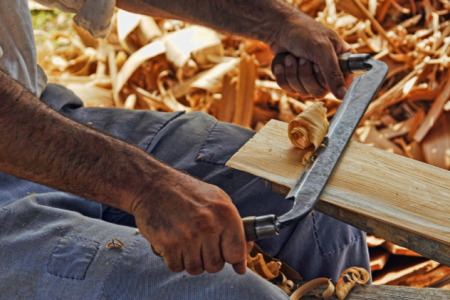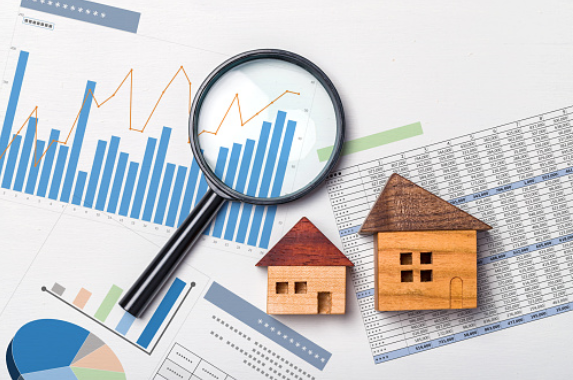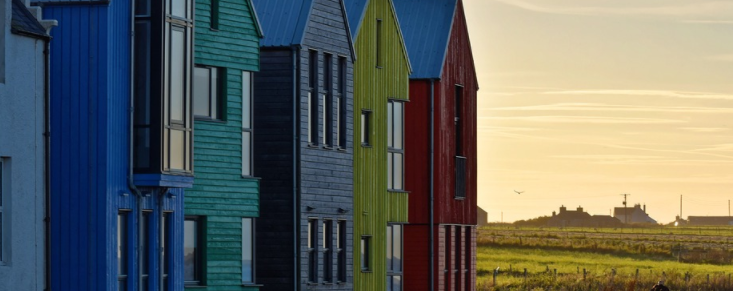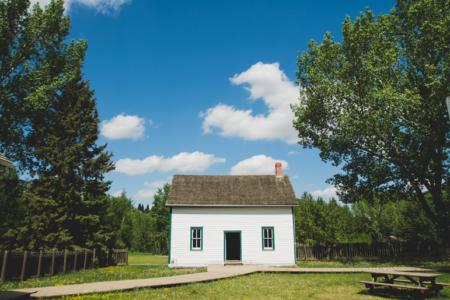
What Real Estate Investors Need to Know About a Granny Flat
In recent years, granny flats have gained popularity as an enticing option for real estate investors. Also known as accessory dwelling units (ADUs) or backyard homes, granny flats offer additional living space on an existing property. This trend has been fueled by the increasing demand for affordable housing, the potential for generating rental income, and praise from sites like https://www.private-immobilienangebote.de/immobilien-blog/mit-der-einliegerwohnung-die-immobilienrendite-steigern. If you’re a real estate investor considering adding a granny flat to your portfolio, it’s important to understand the ins and outs of this investment strategy. In this article, we will explore what real estate investors need to know about granny flats.
Accessory Dwelling Units Explained
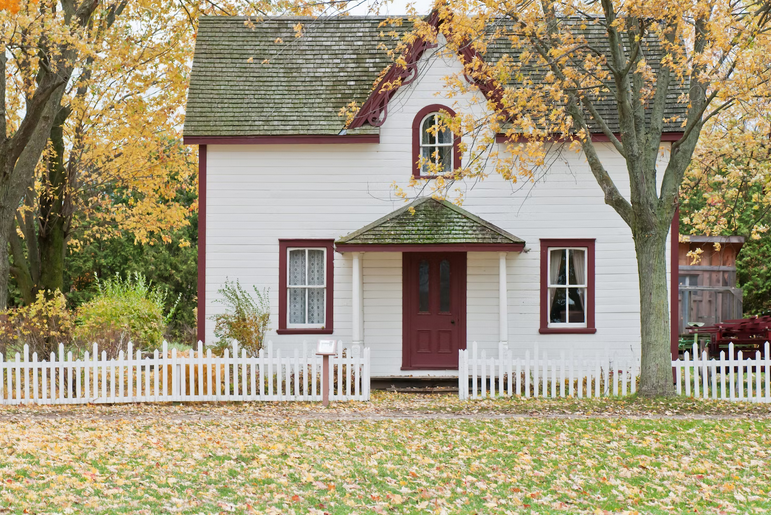
A granny flat, or accessory dwelling unit (ADU), is a self-contained living space that is built on the same property as a primary residence. The units are typically smaller than the main house and can come in various forms, such as converted garages, separate structures, or additions to an existing home. Granny flats often include a bathroom, kitchen, and living areas, providing an independent living space for tenants.
Increased Rental Income
One of the primary advantages of investing in a granny flat is the potential to generate additional rental income. By renting out the granny flat, investors can significantly boost their cash flow and achieve higher returns on their investments. The demand for affordable housing options and the rise of the sharing economy have made granny flats an attractive option for tenants, resulting in a steady stream of rental income for investors.
